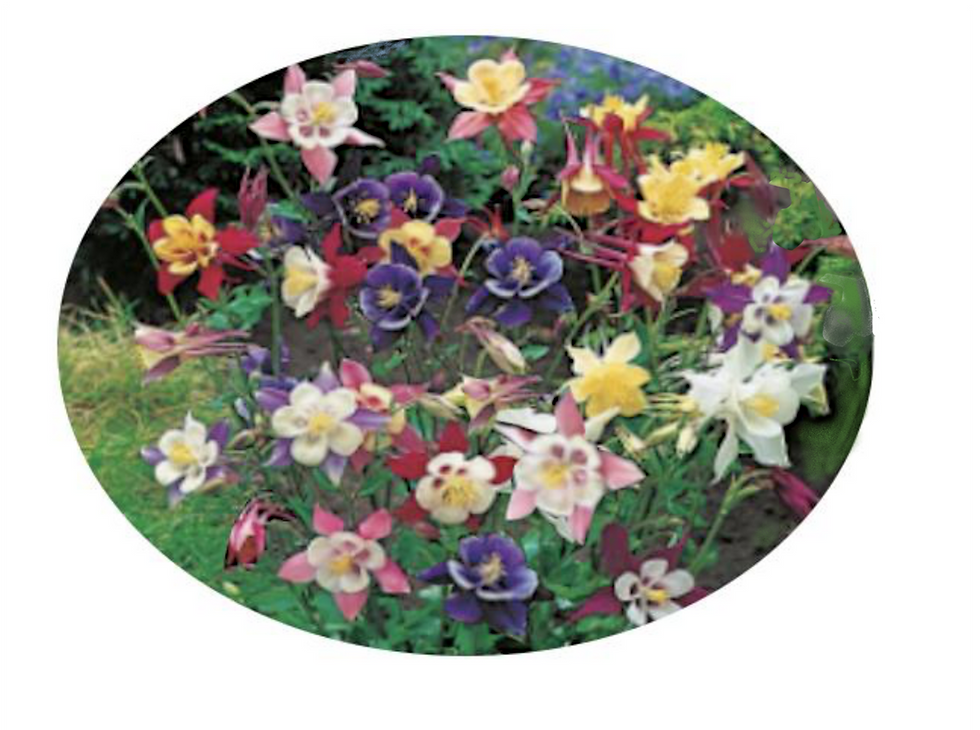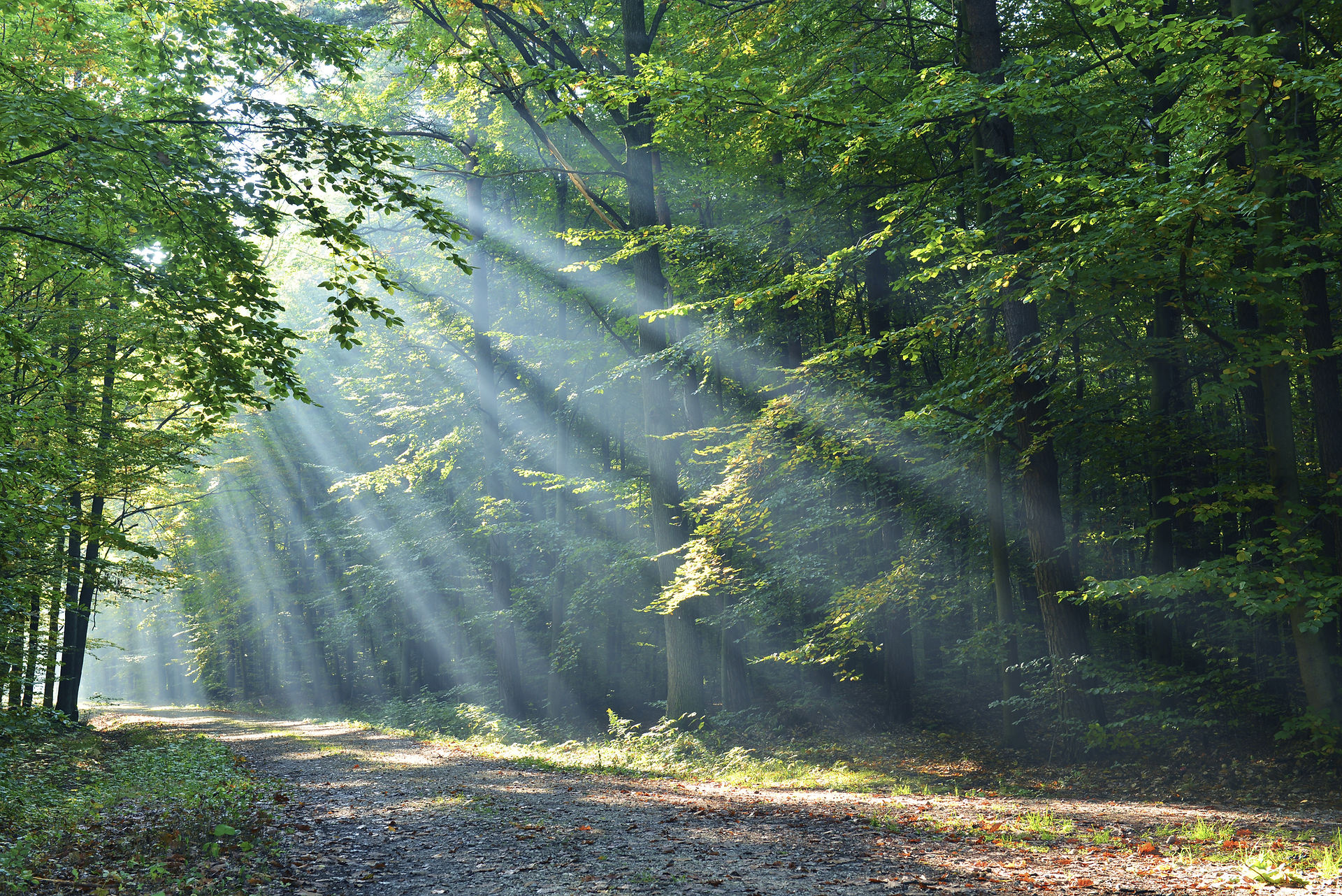- Granny Bonnet
Updated: Sep 28, 2023

So, it's that special time of year again when Granny's Bonnet flowers all across the northern hemisphere but particularly, as far as I'm concerned, in my own back garden.
You may recall from my introductory pages, I chose to call myself Granny Bonnet and to wear an aquilegia flower for my year-round headgear for a bit of fun and laughter and to signify 'using my noddle' as my old Dad would say!
The genus ranunculaceae aquiligias are related to buttercups. Also called columbine, there are at least sixty species and probably hundreds of variations in size, shape and colour. In my garden they tend to be quite subtle shades of pale pink, purple-blue and wine and of two distinct 'bonnet' types, one flamboyant and the other close-petalled and modest rather like an old-fashioned poke bonnet without the fancy trimmings!
The root of the name columbine, columba is Latin, meaning dove, and some believe that the flower symbolises five doves in a circle. But the true Latin name is Aquilegia which means eagle, so named because the pointed spurs of the flower resemble the talons of an eagle.
The ancient Greeks and Romans attributed this plant to Aphrodite, the goddess of love. For prim Victorians it meant 'resolved to win.' Celts though believed the flower to be a portal into the world of dreams and visions, 'headology' of a very different kind and maybe connected to its use as a medicinal herb?
Whatever its past associations, Granny loves to see the bonnets self-seed and popping up all over the place for a couple of months in early Spring, when their nectar-rich petals make for a very happy Granny and lot of happy bees!
So there you are. I shall continue to wear Aphrodite's flower on my head and hope 75 years of various experiences have endowed me with its associated biblical wisdoms of intellect, namely reverence, strength, advice, knowledge and fear. I prefer though to lump them under my own heading (pardon the pun). 'Headology' for me has a much more subtle emotional and creative feel - maybe those canny Celts were closer to the mark eh?

P.S. I have to confess, to some the flower resembles a fool's cap, so am I mad to wear one...?




